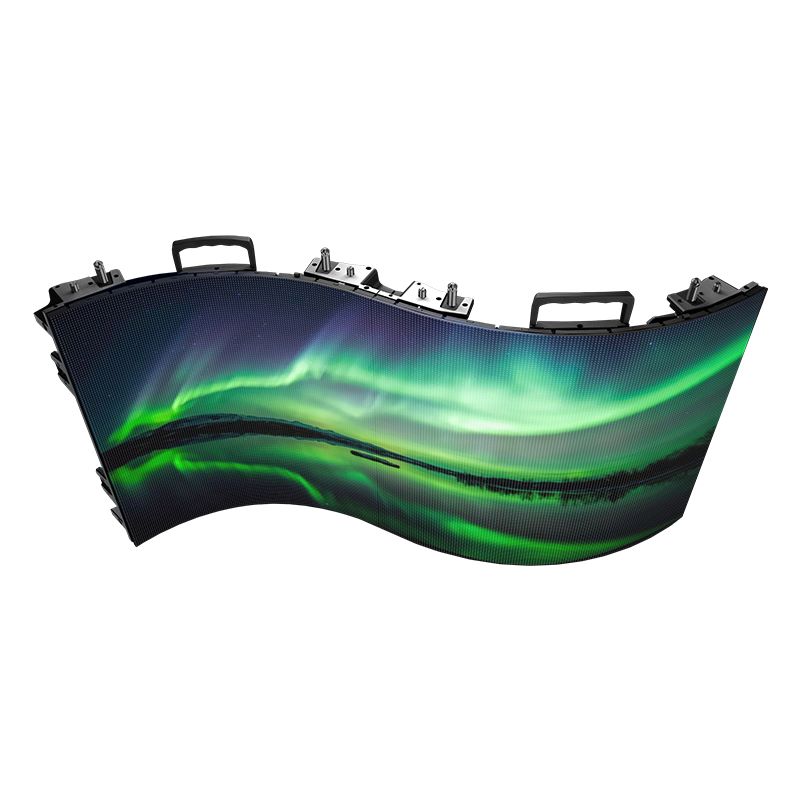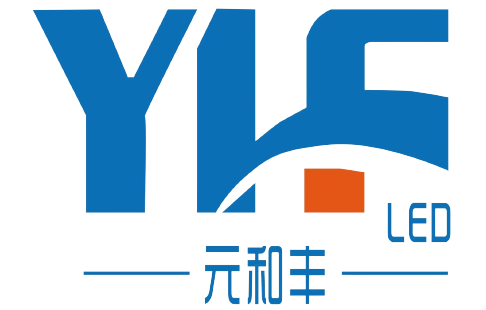Rental curved LED displays have become a popular choice for events, offering dynamic visuals and immersive experiences that captivate audiences. However, despite their impressive benefits, challenges can arise when using these displays. This comprehensive guide will help you maximize your event by addressing common issues with rental curved LED displays and providing solutions to ensure a seamless and impactful experience.
Benefits of Rental Curved LED Displays
1. Enhanced Visual ImpactCurved LED displays provide a panoramic and immersive viewing experience, making them ideal for events where audience engagement is key. Their flexibility allows for unique setups that enhance visual impact and create a memorable atmosphere.
2. Versatility in SetupCurved LED displays can be customized to fit various event spaces, including stages, exhibition halls, and outdoor areas. Their adaptability allows for creative arrangements that align with your event’s theme and requirements.
3. High-Quality DisplayRental curved LED displays offer high resolution, vibrant colors, and sharp images. They are designed to deliver exceptional visual quality, even in large or brightly lit venues.

Rental Curved LED Displays - YHF
Common Issues and How to Address Them
1. Installation Challenges
Issue: Installing curved LED displays can be complex due to their size, shape, and weight. Improper installation may lead to misalignment, poor image quality, or even structural issues.
Solution:
- Professional Installation: Engage a professional AV team with experience in installing curved LED displays. Their expertise ensures proper alignment, secure mounting, and optimal performance.
- Pre-Event Testing: Conduct thorough testing before the event to verify that all connections, settings, and display components are functioning correctly. This helps identify and resolve any installation issues early on.
- Detailed Instructions: If handling installation yourself, follow the manufacturer’s guidelines and instructions closely. Ensure that all components are correctly assembled and calibrated.
2. Connectivity Issues
Issue: Connectivity problems can affect the display’s performance, including signal loss, screen flickering, or lack of synchronization with video sources.
Solution:
- Check Connections: Verify that all cables and connectors are securely attached and in good condition. Loose or damaged cables can cause connectivity issues.
- Test Equipment: Ensure that the video sources, processors, and other equipment used with the LED display are compatible and functioning properly. Perform tests to confirm signal integrity.
- Backup Equipment: Have backup cables and connectors available in case of any connectivity issues during the event. This allows for quick replacement and minimal disruption.
3. Calibration and Color Consistency
Issue: Maintaining consistent color and brightness across the entire curved LED display can be challenging, particularly when dealing with large setups or varying lighting conditions.
Solution:
- Calibration: Use professional calibration tools to adjust the color and brightness settings of the display. Proper calibration ensures uniform color and image quality.
- Pre-Event Setup: Perform calibration well in advance of the event to account for any changes in lighting or display conditions. Make adjustments as needed to achieve the desired visual effect.
- Regular Monitoring: Monitor the display throughout the event to address any color or brightness inconsistencies promptly. Have a technician on standby to make adjustments if necessary.
4. Power Supply and Management
Issue: Power supply issues can lead to display malfunctions, including flickering, shutdowns, or uneven performance.
Solution:
- Reliable Power Sources: Use reliable and adequate power sources for the LED display. Ensure that the power supply meets the display’s requirements and is capable of handling the load.
- Power Backup: Consider using uninterruptible power supplies (UPS) or backup generators to prevent power interruptions. This helps maintain consistent performance throughout the event.
- Power Cables: Check that power cables are properly connected and free from damage. Avoid overloading power outlets and ensure proper grounding to prevent electrical issues.
5. Environmental Factors
Issue: Environmental conditions, such as temperature, humidity, and outdoor elements, can impact the performance of rental curved LED displays.
Solution:
- Temperature Control: Ensure that the display area is well-ventilated and kept within the recommended temperature range. Overheating can affect display performance and longevity.
- Humidity Management: For outdoor events, use protective covers or enclosures to shield the display from rain and high humidity. Ensure that the display is rated for outdoor use if necessary.
- Ventilation: Provide adequate ventilation to prevent overheating and ensure proper airflow around the display. Avoid placing the display in direct sunlight or near heat sources.
6. User Training and Operation
Issue: Inexperienced operators may struggle with managing the display’s settings, content, or troubleshooting issues during the event.
Solution:
- Operator Training: Provide training for the event staff or operators on how to use and manage the curved LED display. This includes understanding the controls, adjusting settings, and troubleshooting common issues.
- Support Team: Have a technical support team available during the event to address any operational issues or provide assistance if needed. Their expertise ensures smooth operation and quick resolution of problems.
Tips for a Successful Event with Rental Curved LED Displays
1. Plan Ahead
- Early Planning: Begin planning your LED display setup well in advance of the event. This includes selecting the right display size, layout, and installation requirements.
- Rehearsals: Conduct rehearsals and test runs to ensure that all technical aspects are functioning correctly and to familiarize yourself with the setup.
2. Communicate with Your Provider
- Clear Requirements: Communicate your event requirements and expectations clearly with your rental provider. This ensures that they can deliver a solution that meets your needs and address any specific concerns.
- Technical Support: Discuss technical support options and ensure that assistance is available during the event if needed.
3. Optimize Content
- High-Quality Content: Prepare high-quality content that takes advantage of the display’s capabilities. Use appropriate resolution and aspect ratios to ensure optimal visual impact.
- Content Testing: Test your content on the display before the event to verify that it looks as intended and to make any necessary adjustments.
4. Monitor and Maintain
- Regular Monitoring: Continuously monitor the display’s performance during the event to address any issues promptly. Regular checks help maintain optimal visual quality and functionality.
- Maintenance: Perform routine maintenance and cleaning of the display to keep it in good condition. This helps prevent issues and ensures longevity.
Conclusion
Rental curved LED displays offer a powerful tool for creating stunning and immersive event experiences. By addressing common performance issues such as installation challenges, connectivity problems, calibration, power management, environmental factors, and user training, you can maximize the impact of your display and ensure a successful event. With careful planning, professional support, and proactive management, you can leverage the full potential of rental curved LED displays to captivate your audience and achieve your event goals.
